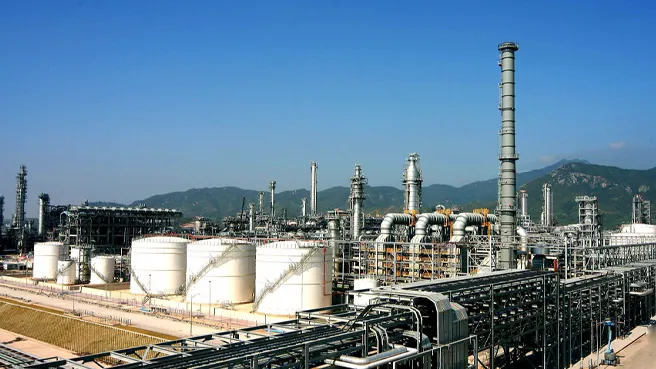
Understanding the Impact of Indirect Food Additives on Consumer Health and Safety
Understanding Indirect Food Additives
Indirect food additives are substances that are not intentionally added to food but may still find their way into food through packaging, preparation, or storage processes. Unlike direct food additives, which are deliberately included for specific purposes such as preservation, flavor enhancement, or texture improvement, indirect additives come from various sources and can pose both opportunities and challenges for food safety and quality.
One common example of indirect food additives is the residue of substances from food packaging materials. Many food items are stored in plastic containers, wrapped in aluminum foil, or sealed in cardboard boxes, which can release small amounts of chemicals into the food. Chemicals such as bisphenol A (BPA), phthalates, and certain dyes can migrate from packaging into the food, especially under conditions of heat or prolonged storage. While regulatory agencies like the U.S. Food and Drug Administration (FDA) monitor these substances to ensure they are within safe limits, there is still ongoing debate regarding their long-term health effects.
Another source of indirect food additives is the cooking process
. For instance, when food is prepared using non-stick cookware, a chemical called polytetrafluoroethylene (PTFE) can potentially transfer to the food, although it is generally considered safe at normal cooking temperatures. Furthermore, when grilling or frying, substances like acrylamide can form as a byproduct of chemical reactions between sugars and amino acids, especially in starchy foods.indirect food additives

In addition to health concerns, indirect food additives can also impact food quality. For example, certain compounds from food storage containers can alter the taste or smell of the food, leading to undesirable sensory experiences. This phenomenon can erode consumer trust and satisfaction with food products.
To mitigate the potential risks associated with indirect food additives, consumers are encouraged to be aware of their food choices. Reading labels, choosing fresh or minimally processed foods, and opting for safer packaging options can help minimize exposure. Moreover, regulatory bodies continue to research and update guidelines to ensure manufacturing practices prioritize consumer safety.
In conclusion, while indirect food additives are an integral part of the modern food supply chain, consumer awareness and regulatory vigilance are crucial in managing their impact on health and food quality. By making informed choices and advocating for transparency in food production and packaging, we can better navigate the complexities of indirect food additives in our diets.
-
Understanding Synthetic Rubber OptionsNewsApr.27,2025
-
Trichloroisocyanuric Acid: Essential for Clean and Safe WaterNewsApr.27,2025
-
Sodium Dichloroisocyanurate: Key to Safe Water TreatmentNewsApr.27,2025
-
Sodium Acid Pyrophosphate: Essential in Modern Food ProcessingNewsApr.27,2025
-
Essential Water Treatment ChemicalsNewsApr.27,2025
-
Denatured Alcohol and Its Industrial UsesNewsApr.27,2025
-
The Versatile Uses of Sodium BicarbonateNewsApr.24,2025
Hebei Tenger Chemical Technology Co., Ltd. focuses on the chemical industry and is committed to the export service of chemical raw materials.
-

view more DiethanolisopropanolamineIn the ever-growing field of chemical solutions, diethanolisopropanolamine (DEIPA) stands out as a versatile and important compound. Due to its unique chemical structure and properties, DEIPA is of interest to various industries including construction, personal care, and agriculture. -

view more TriisopropanolamineTriisopropanolamine (TIPA) alkanol amine substance, is a kind of alcohol amine compound with amino and alcohol hydroxyl, and because of its molecules contains both amino and hydroxyl. -

view more Tetramethyl Thiuram DisulfideTetramethyl thiuram disulfide, also known as TMTD, is a white to light-yellow powder with a distinct sulfur-like odor. It is soluble in organic solvents such as benzene, acetone, and ethyl acetate, making it highly versatile for use in different formulations. TMTD is known for its excellent vulcanization acceleration properties, which makes it a key ingredient in the production of rubber products. Additionally, it acts as an effective fungicide and bactericide, making it valuable in agricultural applications. Its high purity and stability ensure consistent performance, making it a preferred choice for manufacturers across various industries.











